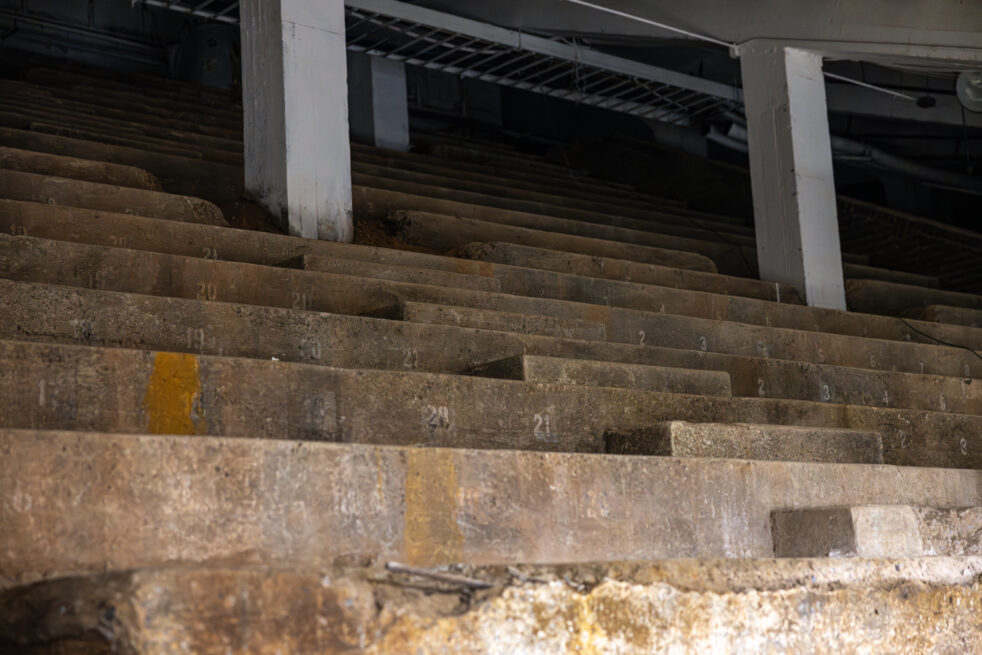Nestled in the heart of Tech’s campus, Bobby Dodd Stadium at Hyundai Field has served as a landmark for the student body for nearly 120 years. As the oldest on-campus stadium in NCAA Division I-A, the stadium’s profound history has been enthralling since its first football game in 1905. While most of its transformation can be seen by the public, a deeper story lies underneath the stands.
Built primarily by Tech students in 1913, the original concrete West Stands seated over 5,500 people. The eventual horseshoe-shaped stadium, which seated about 30,000, was not completed until 1925, with the addition of the East and South Stands.
The stadium has gradually undergone renovations since its birth. The reconstruction of the West Stands in 1947 allowed for a maximum capacity of 40,000 and the addition of the new press box, which was the largest in the south at the time.
The renowned stadium that students know today is radically different from the first iteration of the grounds. In 2023, the stadium boasted a whopping 55,000 seats until the 2024 construction of the new Thomas A. Fanning Student-Athlete building on the northeast corner of the stadium began, which entailed the removal of a portion of section 217 and a complete removal of sections 218 and 219.
Unknowingly, the audience sits directly above a vital piece of the origins of football at Tech: the original West Stands built in 1913. Entering underneath today’s west stands, the original bleachers that seated the student body of 1913 remain as timeless symbols of Tech’s rich football history. While both bleachers have served the same purpose, a stark contrast can be seen from today’s and the ones from over a century ago.
The slabs of concrete create staggered, thick rectangular blocks. White seat numbers are seen on every row. Some areas even contain the original brick outline. Undoubtedly, the very essence of the beginning of football at Tech gracefully fuses with its growth.
Although an enriching experience, there are currently no plans to create viewings of the stands to the public. Mike Flynn, the Assistant Athletics Director for Communications and Public Relations, explained that the challenges of this plan stem from the many duties that keep the athletic department preoccupied. In addition to continued maintenance and upkeep, personnel would also be required to open the site up to the public.
Regardless, Bobby Dodd Stadium continues to grow, with plans for a new student-athlete development building in Spring 2026. Flynn says the new establishment is dedicated to nutrition, sports medicine and weight training.
Currently, these spaces are scattered throughout campus. Flynn explained that it would be a big advantage for athletes to have everything in the same place. Furthermore, the Institute can expect significant changes in the stadium’s look.
“In between the 2026 and 2027 seasons, the stadium is going to take a really different look. There are going to be chair backs in the entire stadium except the student section, where we will leave the bleachers. All the suites and premium spaces are going to be redone. A new scoreboard is going to run the length of [Wardlaw] up there, and there is going to be another scoreboard in the corner, ” Flynn said.
Exciting changes are underway for the Institute’s treasured stadium, but the ever-changing look of Bobby Dodd adds to its allure and makes it an integral part of Tech’s enthusiastic football scene.
